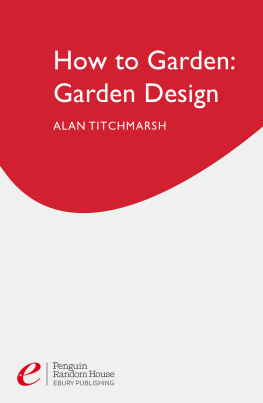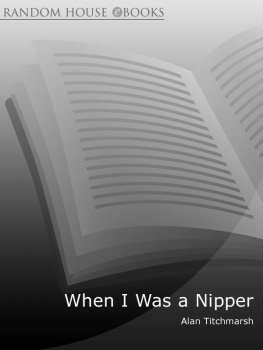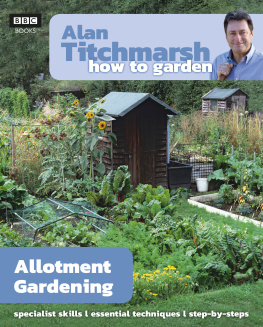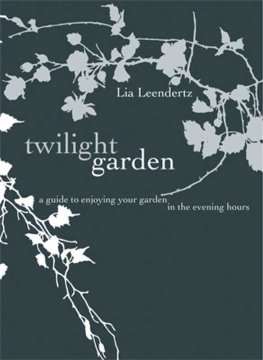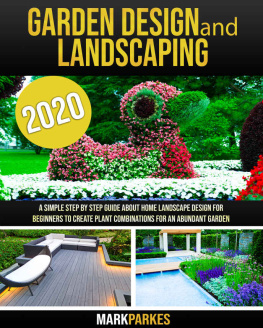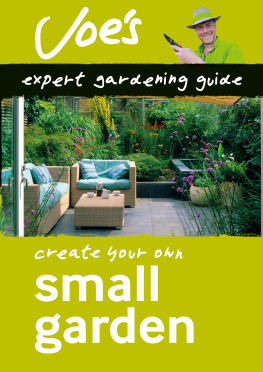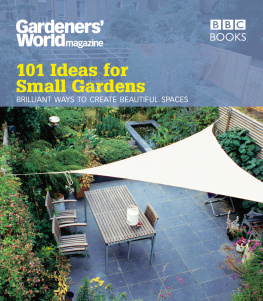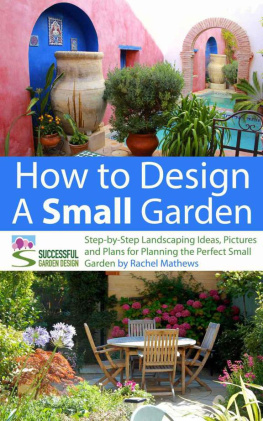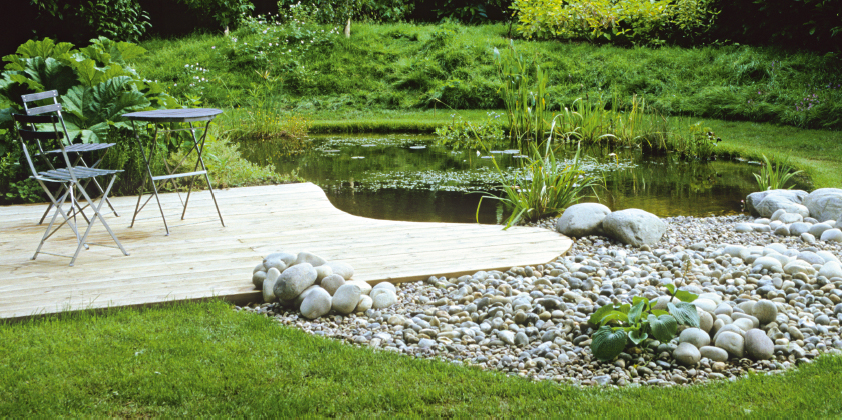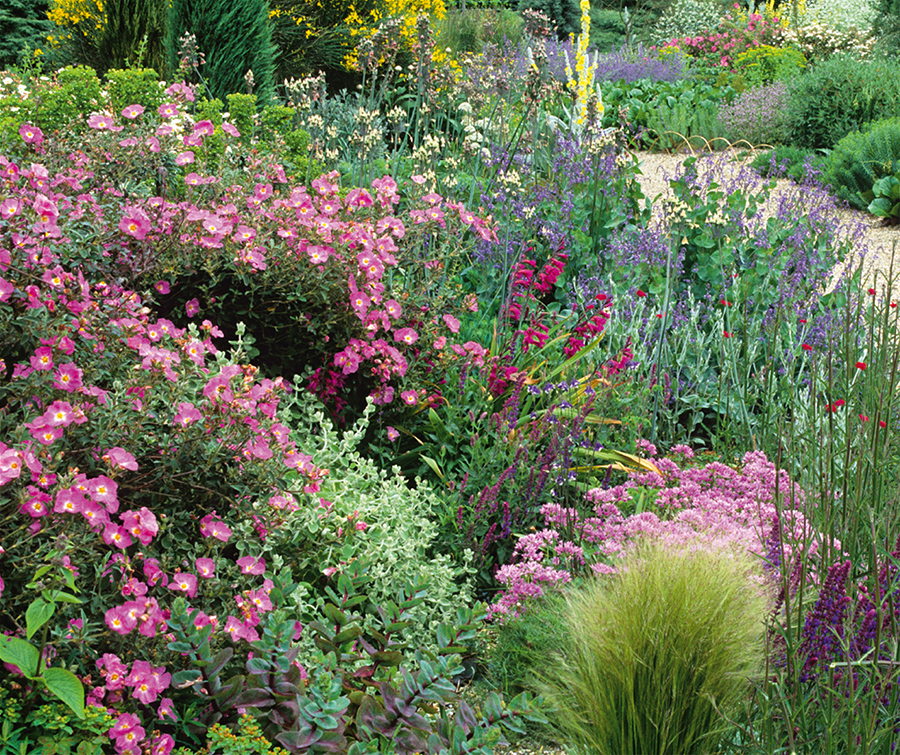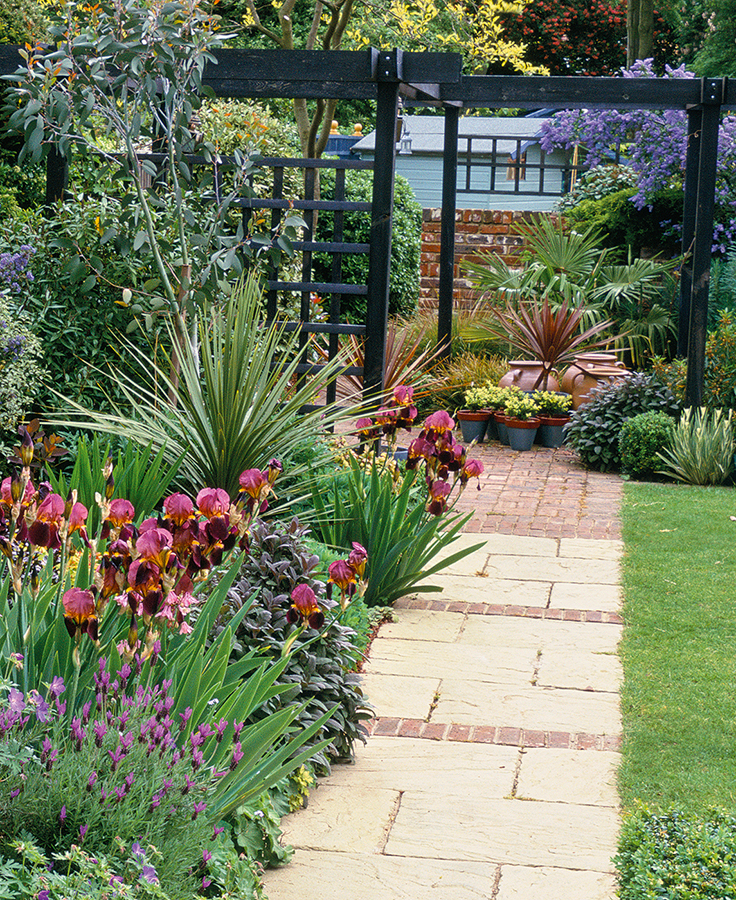About the Author
Originally trained at Hertfordshire College of Horticulture and Royal Botanic Gardens, Kew, Alan Titchmarsh is the author of over 40 books about gardening, including How to be a Gardener Book 1: Back to Basics, the fastest-selling of all time in the genre, and the bestselling The Kitchen Gardener: How to Grow Your Own Fruit and Veg. He writes for BBC Gardeners World Magazine, and is gardening correspondent for the Daily Express and Sunday Express. He has presented Gardeners World, the annual coverage of The Chelsea Flower Show and Nature of Britain, and has his own daily chatshow.
About the Book
Alan Titchmarsh imparts a lifetime of expertise in these definitive practical guides for beginners and experienced gardeners. Step-by-step illustrations and easy-to-follow instructions guide you through the basic skills and on to the advanced techniques, providing everything you need to create and maintain your dream garden.
- How to assess your site, create a style and source materials
- Advice on planting schemes and achieving year-round interest
- Tips on working with design principles such as scale, proportion and balance
- Simple instructions for hard landscaping
- Step-by-step guides to essential techniques
Acknowledgements
BBC Books and OutHouse would like to thank the following for their assistance in preparing this book: Andrew McIndoe for his advice and guidance; Helena Caldon for picture research; Frederika Stradling for proofreading; Marie Lorimer for the index.
Contents
This ebook is copyright material and must not be copied, reproduced, transferred, distributed, leased, licensed or publicly performed or used in any way except as specifically permitted in writing by the publishers, as allowed under the terms and conditions under which it was purchased or as strictly permitted by applicable copyright law. Any unauthorized distribution or use of this text may be a direct infringement of the authors and publishers rights and those responsible may be liable in law accordingly.
Epub ISBN 9781448142071
Version 1.0
BBC Books, an imprint of Ebury Publishing
20 Vauxhall Bridge Road,
London SW1V 2SA
BBC Books is part of the Penguin Random House group of companies whose addresses can be found at global.penguinrandomhouse.com

Copyright Alan Titchmarsh 2009
Alan Titchmarsh has asserted his right to be identified as the author of this work in accordance with the Copyright, Designs and Patents Act 1988
First published by BBC Books in 2009
www.eburypublishing.co.uk
A CIP catalogue record for this book is available from the British Library
ISBN 978 1 84 6073977
CONCEPT DEVELOPMENT & PROJECT MANAGEMENT: Elizabeth Mallard-Shaw, Sue Gordon
CONTRIBUTING EDITOR: Julia Brittain
PROJECT EDITORS: Lindsey Brown, Anna Kruger
ART DIRECTION: Sharon Cluett, Robin Whitecross
SERIES DESIGN: Sharon Cluett
DESIGNER: Louise Turpin
ILLUSTRATOR: Lizzie Harper
PHOTOGRAPHS: Jonathan Buckley except where credited otherwise
Hard landscaping
The term hard landscaping is rather misleading. What it actually refers to is not just hard surfaces such as walls, patios and paving, but also gravel paths, water features, fences and other timber structures in fact, everything except the planting. Some gardens get by without hard landscaping of any sort, and green initiatives of various kinds are encouraging us to manage with less of it. But there is no doubt that hard landscaping has practical advantages for year-round use as well as giving a garden shape and structure, and establishing boundaries for screening and security.
Purpose and uses
Hard landscaping is usually the most expensive part of making a new garden, so think carefully about your choice of materials before you embark on costly practicalities. Built features that work well in relation to the surroundings of your plot, as well as complementing the house, will suit your garden best.
Patios
The patio is a place to sit and unwind, and to entertain. It is where house meets garden and, if its properly thought out and built using sympathetic materials and appropriate planting it will provide a strong link between the two.
When planning a patio, make sure it will be big enough to feel relaxed and comfortable. The cramped double row of slabs favoured by some house-builders is all but useless. You need room to move about as well as to sit, and some space for planting, in containers or in beds, with flowers spilling freely over the patio edges. Choose paving that suits the house, and consider how it will look and behave in the rain. Grey paving often looks depressing when wet, and smooth slabs can get very slippery. Think about drainage always away from the house, please. Slabs in a mixture of sizes look less utilitarian (see ), and you may like to leave some of the joints unmortared so small plants can soften the effect.
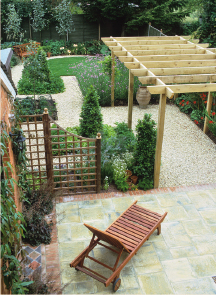
New hard landscaping looks a bit stark to begin with, but a seasons growth and weathering will give everything the comfortable, established look you are after.
Decking
Decking has become hugely popular in recent years, but it is sometimes seen as the bte noire of contemporary garden design. True, it can look incongruous in the wrong place, but properly built decking offers a neat solution to many a design conundrum. It can be the answer to tricky problems with levels, and can be made to fit even the most awkward of shapes. It is ideal for providing a smooth transition from house to garden (see ). Being lighter than paving, decking is especially useful where load-bearing is an issue, such as in roof gardens. Perhaps because of its nautical associations, decking and water are natural partners, so it lends itself to water features and swimming pool surrounds. On the down side, decking is not very practical in shade, tending to become slippery when wet, and its slow to dry out. You also need to think about the space underneath it, which can become a wasteland for rubbish and vermin.
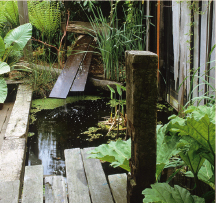
Decking and water good companions, here looking rustic and artless as an alternative to the more usual chic and contemporary.
Dining space
The patio is ideal for relaxed meals and barbecues with family and friends, so you need the right garden furniture. Obviously garden tables and chairs come in all shapes and sizes, but one thing they have in common is that they all take up more space than you think. You need room to push the chairs back, and for people to walk and stand about as well as to sit down. As a rough guide, youll need a paved area of about 2.5 1.5m (8 5ft) to comfortably accommodate a table and chairs for two people, 3.5 3.5m (12 12ft) for a round table seating six, and 4.5 3.5m (15 12ft) for an oblong table to seat eight.

